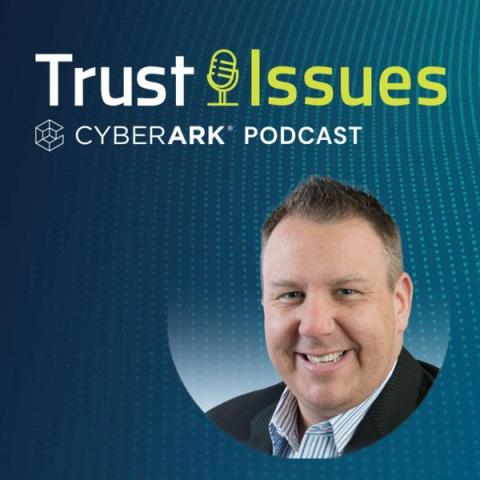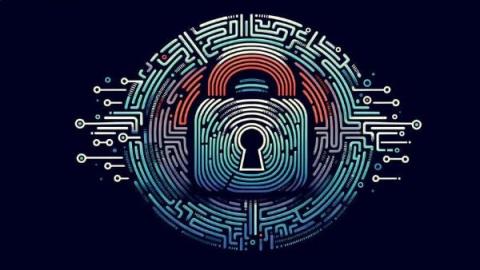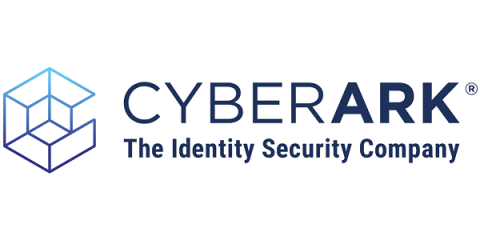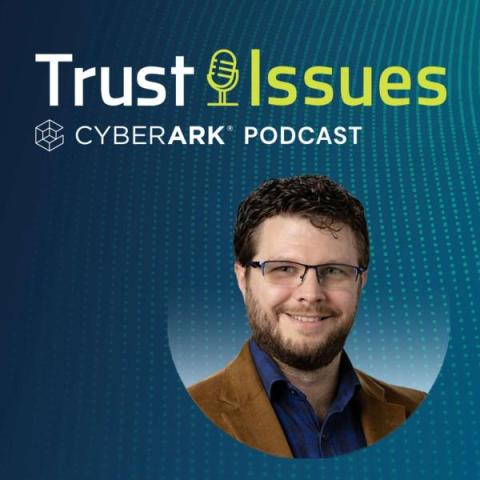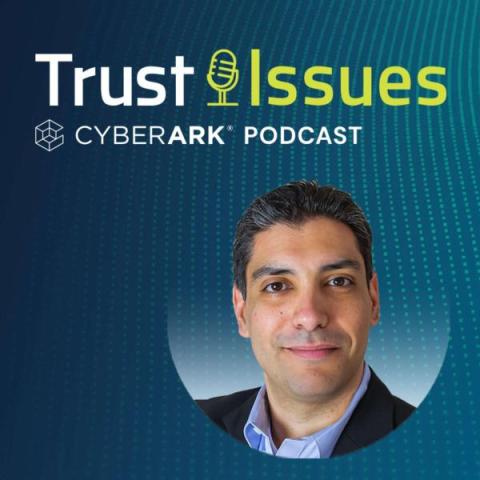EP 51 - Balancing Innovation and Security in FinTech
In this episode of Trust Issues, host David Puner interviews Eric Hussey, SVP, Chief Information Security Officer (CISO) at Finastra, a leading provider of financial software solutions and services. Hussey shares his insights on the evolving role of the CISO, the challenges of keeping up with new and evolving cybersecurity regulations, and the importance of balancing innovation with security in the FinTech space.


